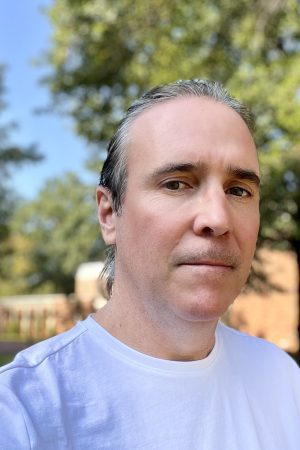Timothy Murtha interviewed for ‘Why space archaeologists are finding more Mayan ruins than ever before’

Timothy Murtha, professor in the Department of Anthropology, was interviewed for Space.com’s article, ‘Why space archaeologists are finding more Mayan ruins than ever before.’
Satellites are helping scientists discover more ancient Mayan ruins using a pulsed laser technique called lidar, or light detection and ranging, to peer through the dense canopy surrounding typical Mayan sites.
Numerous studies have determined that Mayan society not only altered due to pressure from the Spanish, but also as a result of ongoing climate change, so examining Mayan technology may help scientists apply their ancient findings relevant to today’s problems.
“People and communities adapted to changing environmental conditions and rainfall, designing what appears to be a resilient mosaic of land use,” said Murtha, in regards to his own team’s independent space study of Mayan technology. Examples of this include corn-growing terraces, and catchments for conveying and storing water in drought conditions.